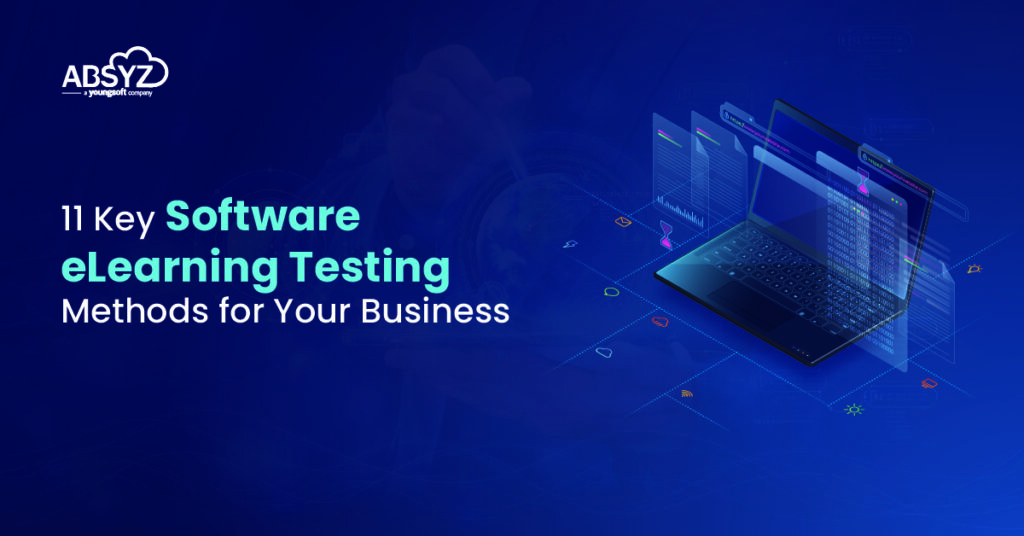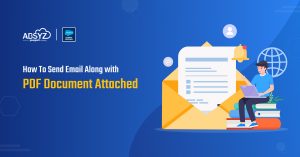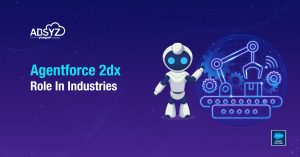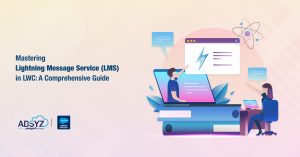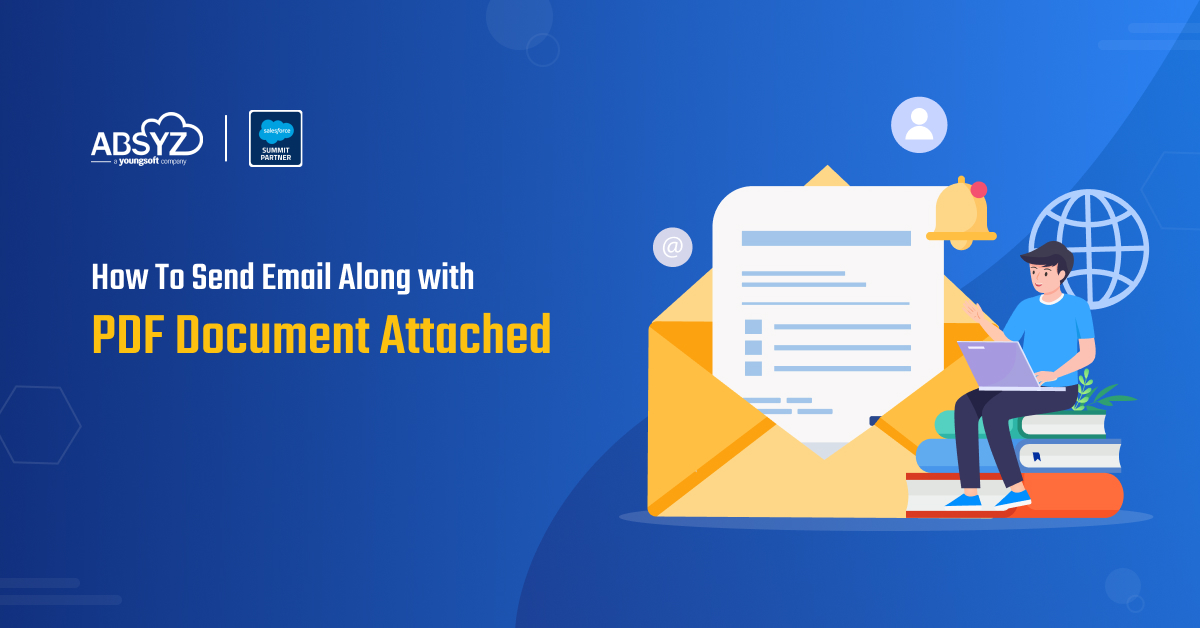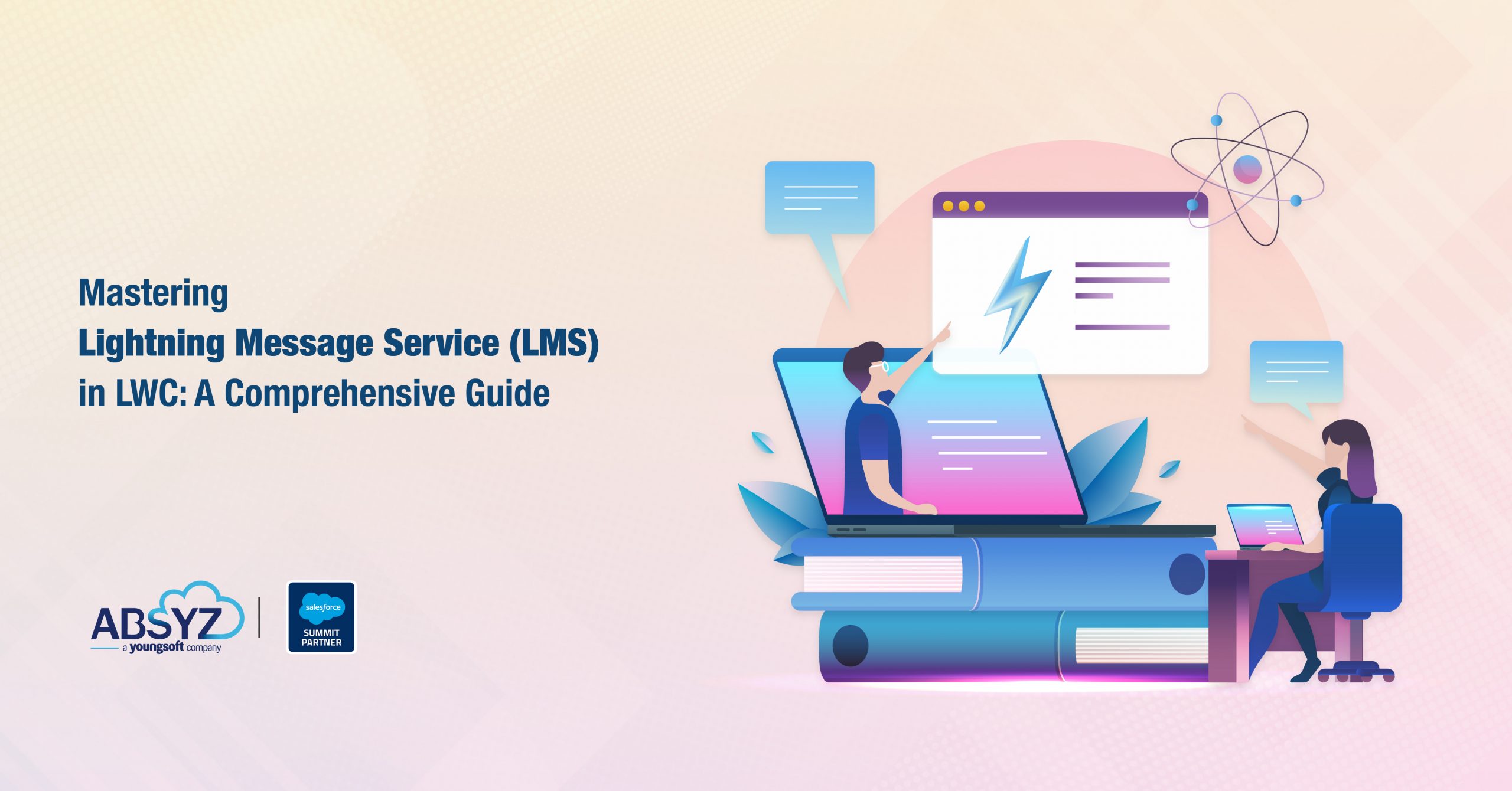Importance of software eLearning testing
Today through software eLearning testing education has come to the people and they can a mass learning of anything, at any time and at any place. There are transformations and revolutions happening in the modern education system and the conventional educational structure is crumbling. With the popularity and increase in usage of the online education platforms, the learners are adopting eLearning apps necessitating the delivery of high-quality eLearning apps to work in an apt manner 24/7/365 to offer a fine learning experience to learners.
An Overview
Software eLearning testing is the modern method to deliver education by using electronic media over the internet. eLearning uses audio, video, and infographics.
Additionally, online learning comes through web learning, virtual classrooms, mobile learning, and video modules. It manages the education, creates useful and apt educational content, and delivers it to the benefit of the users.
Today there is heavy adoption of software eLearning testing platforms, and the future assures a stupendous growth in it. As per Statista Research Department, published on May 20, 2022, by 2026, the global e-learning market is forecast to reach almost 400 billion U.S. dollars. It was 200 billion U.S. dollars in 2019, the global e-learning market was sized at almost 200 billion U.S. dollars. The learning management system market is generating impressive figures.
We discuss them all in detail:
1) Functional testing:
The aim of these eLearning apps is to deliver a fine learning experience to the user. It involves testing the basic functionalities of the application with the aim that it works in a proper way, ensuring no broken links, working and functionalities of all the features correctly and properly.
2) Integration testing:
It ensures that there are no integration issues that are an impediment to the learning experience of users. It brings proper integration of CRM, HR database, APIs, software modules, and payment gateways. The integrated modules work efficiently, and it aims to reduce the risk of app failure
3) Graphical User Interface testing:
There is a need for all the GUI elements like the text boxes, menus, links, and buttons, to work properly and the apps must have a proper user interface, for better user engagement. There is a validation of visual elements, followed by an improvement in readability and high quality of an app
4) Non-functional testing:
In this technique, there is a focus on effective performance, reliability, scalability, and high-security aspects of the software to make it safe and sound for user-friendliness. This brings an improvement in the app performance besides ensuring smooth user engagement.
5) Usability testing:
Users like proper app navigation, precise content, a proper font size, and attractive color, format, and layout. Additionally, the placement of content must focus on avoiding scrolling through a maze of content to arrive at the necessary information. It must have an easy-to-use interface so that the users get the best results.
6) Performance testing:
This deals with the slow loading speed, app timeouts, app crashes, and other associated issues. There must be no performance bottlenecks ensuring seamless performance in the face of fluctuating networks, and high user load, to give a top performance. There is a focus on improved load handling capacity.
7) Accessibility testing:
A great factor in the popularity of eLearning apps lies in being accessible to all categories of people. It has a special understanding of people with hearing loss, cognitive disabilities, or impaired vision. The app must adhere and comply with web guidelines like W3C’s WCAG 1.0/2.0/2.1/2.2, BITV 1.0, Section 508 and focus on expanding the user base
8)Security testing:
We live in an age where there are frequent cyberattacks that threaten app security. With the prevalence of users’ data, personal identity, bank details, and phone numbers, protection and security are of paramount importance. Proper identification of security loopholes will reduce business risk and safeguard customer data.
9) Globalization and Localization testing:
When the aim is being successful globally and locally, businesses must opt for this testing and comply with the language and functionality requirements of the users in specified geographical regions and adhere to local/ global standards, to offer a fine learning experience. The app must display correct local time and date formats.
10) Compatibility testing:
When the Users access the app on different browsers and devices, it is important to opt for compatibility testing to ensure topmost compatibility. This will help to deliver seamless and finest UX.
11) Compliance testing:
The case of legal and regulatory compliance and business must look into the Sharable Content Object Reference Model and GDPR compliance. This will help in avoiding fines owing to non-compliance and also boost the brand image in the eyes of the customers.
Conclusion
Today there is a focus on the use of eLearning apps to impart education and offer impressive performance, at the local and the global level. Testing as mentioned above will ensure that there are no issues and loopholes and that the users continue with their learning efficiently. We have a team that is proficient in this area, and it is armed with great expertise and proper exposure to deliver the best results.


